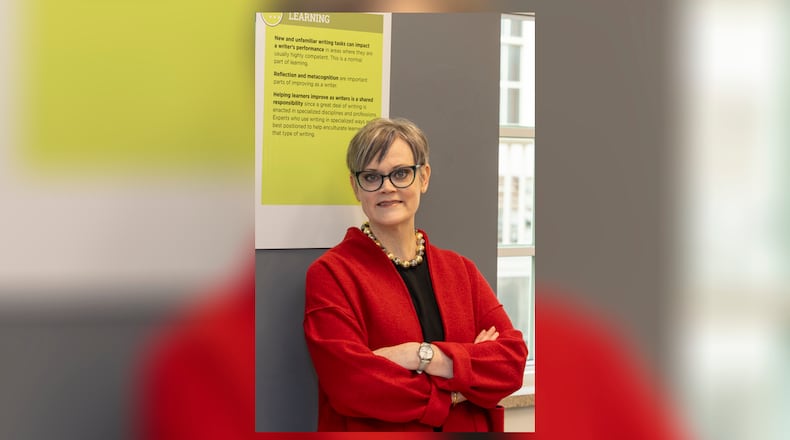We imagine a previous golden age when Johnny could read and write perfectly and in plain English — and never cheated. But that golden age never existed.
Alarm about students and their writing is as old as school and writing. The 1975 “Johnny Can’t Write” Newsweek story wasn’t the first American literacy crisis. In the late 1800s, the editor-in-chief of the New York Evening Post raised alarms about the “illiteracy of American boys.” He claimed the “evil influences” on students’ poor writing included street slang, bad writing in newspapers, and popular novels (“the better the novel, the more evil the influence,” Godkin wrote).
Our current challenge is not new. Students are what they have always been: learners. And writing continues to be what it has always been: hard.
The solution is not to embrace blue book essays, but to rethink education.
Blue books are, first of all, not a practical solution. Public university leaders are raising minimum course sizes and requiring faculty to teach more classes as legislators continue to cut funding for education (my own school, while public, gets less than 8% of its budget from state funds). Unless we change those conditions, there are not enough teachers and too many students in our classes to go back to the widespread use of blue book essays.
In addition, handwritten essays don’t reflect how we use writing today. Writing exists in many forms to help us get things done (writing scholars say it “mediates activity”). If we assign handwritten essays, we might prevent cheating, but we are not preparing students for the ways they will actually need to use writing in their daily lives--and in their future jobs.
Writing is also a means of learning. Through writing, we come to understand our ideas and audiences in new ways. Writing by hand with no opportunity to plan, research, or revise limits our ability to learn--and denies students the chance to learn about current writing tools (including AI tools).
The role of education today should be to create broadly literate students who understand how things work, why they work that way, and what the consequences are of inventing and adopting new writing tools.
Educators need to face our current moment by teaching the students in front of us and designing learning environments that meet the times, not looking to the past.
AI is not to blame for cheating. If students are cheating to get good grades, that is a logical consequence of turning college into diploma factories that churn out workers. We need to rethink that role of college as a degree factory.
State legislators are partially to blame for this view of colleges, having created laws and policies that pressure higher ed to create more technical degrees with the sole goal of creating majors that align with job titles. State funding models reward schools for producing graduates who have a high starting salary (this is true in Ohio, thanks to recent policy and legislation). Every tech CEO predicts that the jobs of the future belong to well-rounded critical thinkers who innovate and solve hard problems, yet state funding policies continue to reward colleges for being technical job factories.
College needs to be different. Teaching needs to be different. Supporting faculty to change their classrooms (through programs like the AI-Informed Pedagogy Program we lead in the Howe Center at Miami University) is one step. But practice follows policy and reward structures, so legislative policies for funding higher ed must also change.
Education is a public good, like roads and libraries. An educated population makes our state better. As taxpayers, we can choose to fund that public good and make it affordable, as we did in the past. And we can demand that colleges foster the kind of educated graduates who can grapple with the problems our world faces.
Those of us who study teaching, learning, and writing can chart a new path forward. But we need support, funding, and new partners to make that happen.
Elizabeth Wardle has been the Roger & Joyce Howe Distinguished Professor of Written Communication at Miami University since 2016.
READ MORE: How should higher ed prepare students for a world where AI is everywhere?
About the Author
